Yin Yoga: Mobilize Your Body/Mind
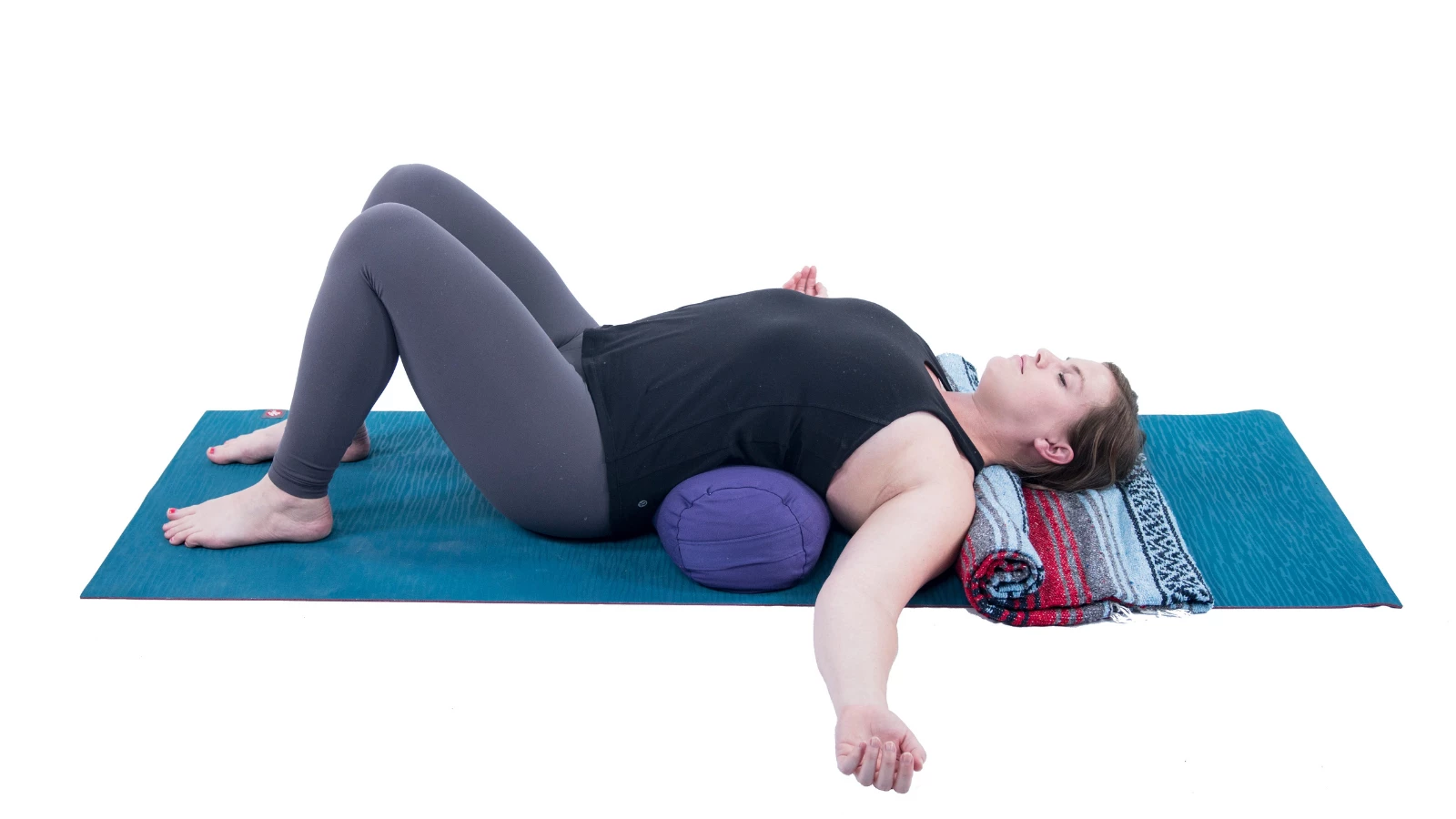
Article At A Glance
Ancient yogis and Taoists believe there is energy running through the body. In Sanskrit, it is called prana, in Japanese ki, in Chinese qi and in Tibetan lung. This energy is connected by pathways, or meridians, (nadis in Sanskrit), which we can think of as “rivers of health.” Some researchers, including the founder of Yin yoga, Dr. Hiroshi Motoyama, believe that connective tissue is the pathway for energy flow, conducting the life force into every organ and area of the body.
In Taoist thought, every phenomenon in the world can be described in terms of yin and yang energy, and all are a mixture of both. Yin is the stable, unmoving, hidden, shadow aspect of things. Yang is changing, moving, revealing aspect. Cold is yin, hot is yang. Female is yin, male is yang. Dark is yin, light is yang.
Yin and Yang Are Not Absolute
Yin and yang are, of course, relative terms. We can’t look at the moon and say, “The moon is yin,“ but we can say, “Relative to the sun, the moon is yin.” We also have to consider the traits of the thing being compared. In a teacher training that I attended, Paul Grilley noted, “The heart is yin compared to the breastbone because the heart is hidden. But the heart is yang compared to the breastbone because the heart is softer, more mobile, more elastic.”
When we look at yoga poses from a Taoist perspective, the most important factor is the elasticity of tissues. Yang tissues are more fluid-filled, soft, and elastic. Yin tissues, like connective tissues (ligaments, tendons, and fascia) and bones are dryer, harder and stiffer.
Yoga and Connective Tissue

Of course, in all yoga postures, both muscle and connective tissue are worked to some degree, but poses or movements that focus primarily on muscle are yang. Those that focus primarily on connective tissue are yin. Connective tissue is found in every bone, muscle, and organ, but it’s most concentrated in the joints. Over time, and with stress, aging, and lack of stretching, connective tissue gets stiff and “shrink-wrapped,” causing tightness, reducing mobility, and potentially impairing organ function. It’s important to keep these areas of the body fluid and supple, especially as we age and are more prone to injury.
Why Yang Yoga Helps Us Stay Supple
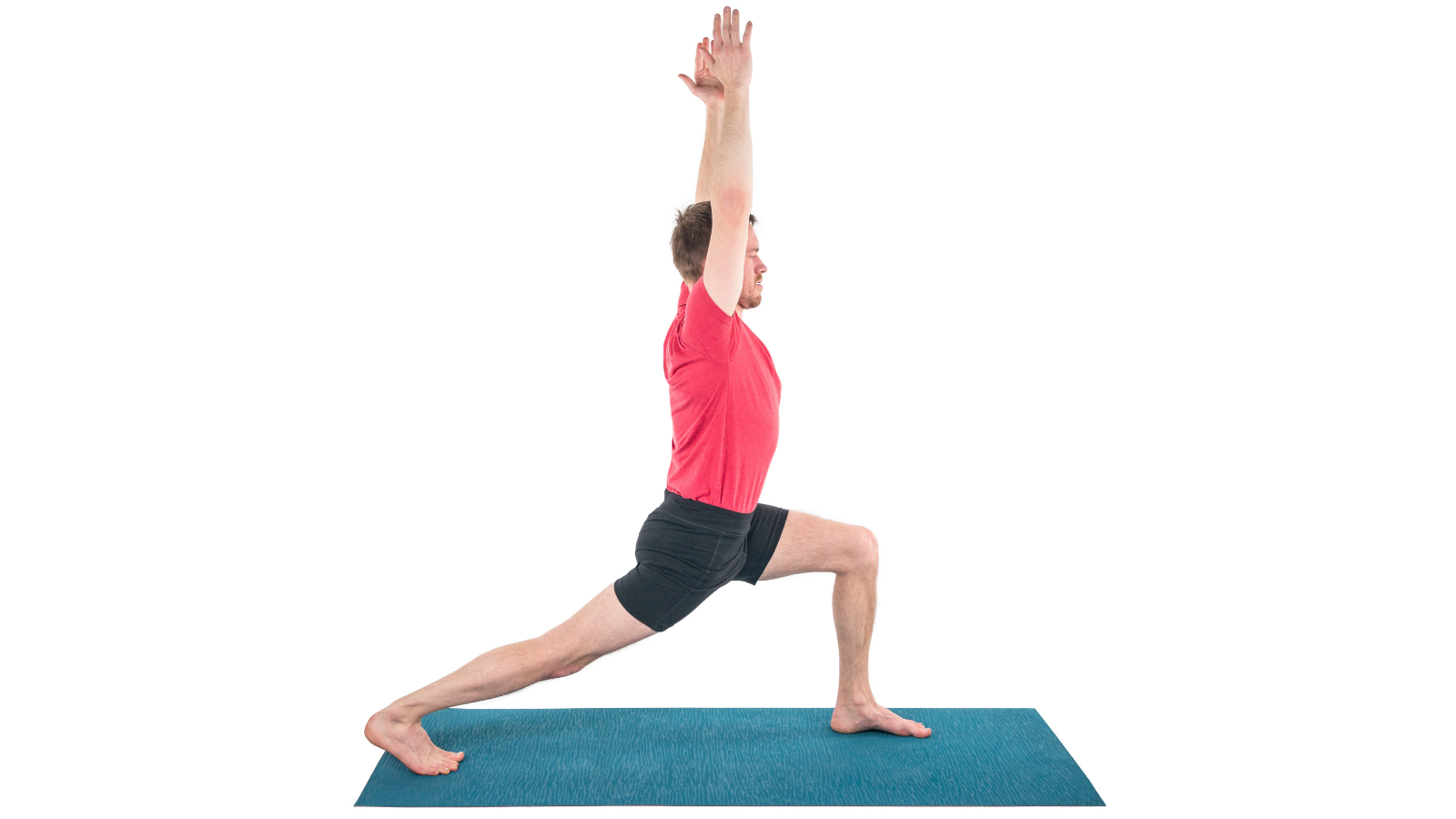
From a Taoist perspective, much of Western yoga is yang, because it focuses on movement and muscular contraction, such as in Sun Salutations (Surya Namaskar), Vinyasa flow, or even active inversions like
Handstand Pose (Adho Mukha Vrksasana) and Headstand Pose (Sirsasana), which fill muscles with blood. Yang yoga is beneficial because stretching is easier with muscles that are fluid. If you think of muscle as being like a sponge, it is easier to stretch it out when it is wet. Yang yoga removes energy stagnation.
But it might not be enough on its own. Seated meditation is a yin activity, but you can’t do it comfortably when your connective tissue is tight. It is good to move the body, get the blood flowing, and warm the muscles through yang yoga, then stretch the connective tissue through yin postures which are kept for longer holds. Active backbends, standing poses, arm balances, and active inversions are yang because they require muscular engagement to protect the structural integrity of the body.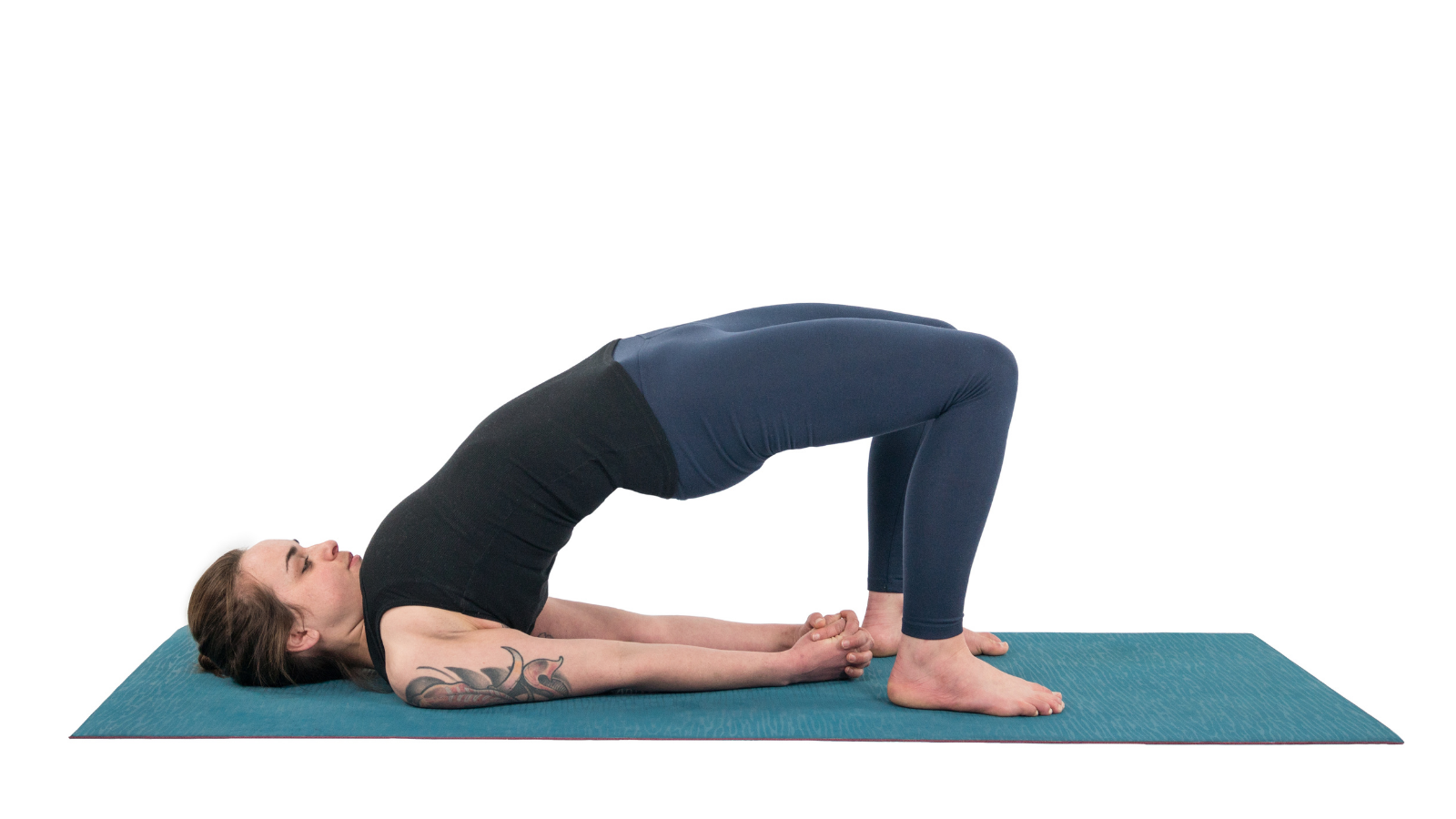
What Is Yin Yoga?
The two main components of Yin yoga are:
- Poses are held for longer periods of time–generally, two minutes per pose.
- Poses stretch the connective tissue around the joints.
Yin postures, such as forward bends, stretch the ligaments along the back of the spine and help decompress the lower discs. Straight-legged forward folds also stretch the fascia and muscles in the back of the legs and neck/shoulder area.
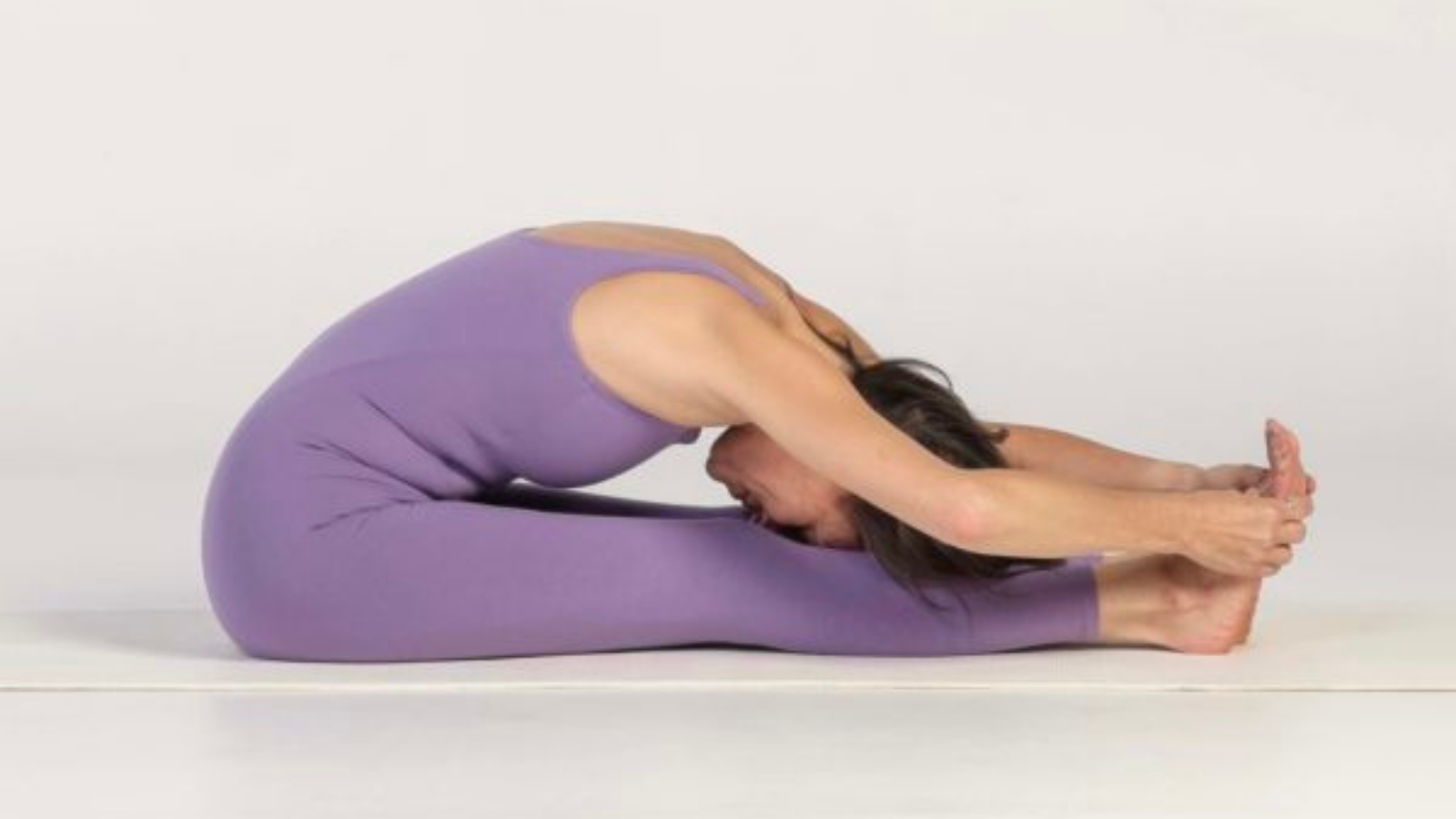
Supported backbends increase flexibility in the spine and stretch the front of the torso and in some poses the fronts of the thighs.
Hip-opening postures stretch the connective tissue around the hip joints and pelvis.
Paul Grilley explains the optimal active-passive dynamic like this: “Traction is used with bone fractures to relieve the stress on fragile bones trying to knit back together. Once the bones are healed, the muscles are then strengthened to add support for the bone and joint. Same idea.”
How Yin Yoga Facilitates Healthy Posture, Flexibility, and Overall Health
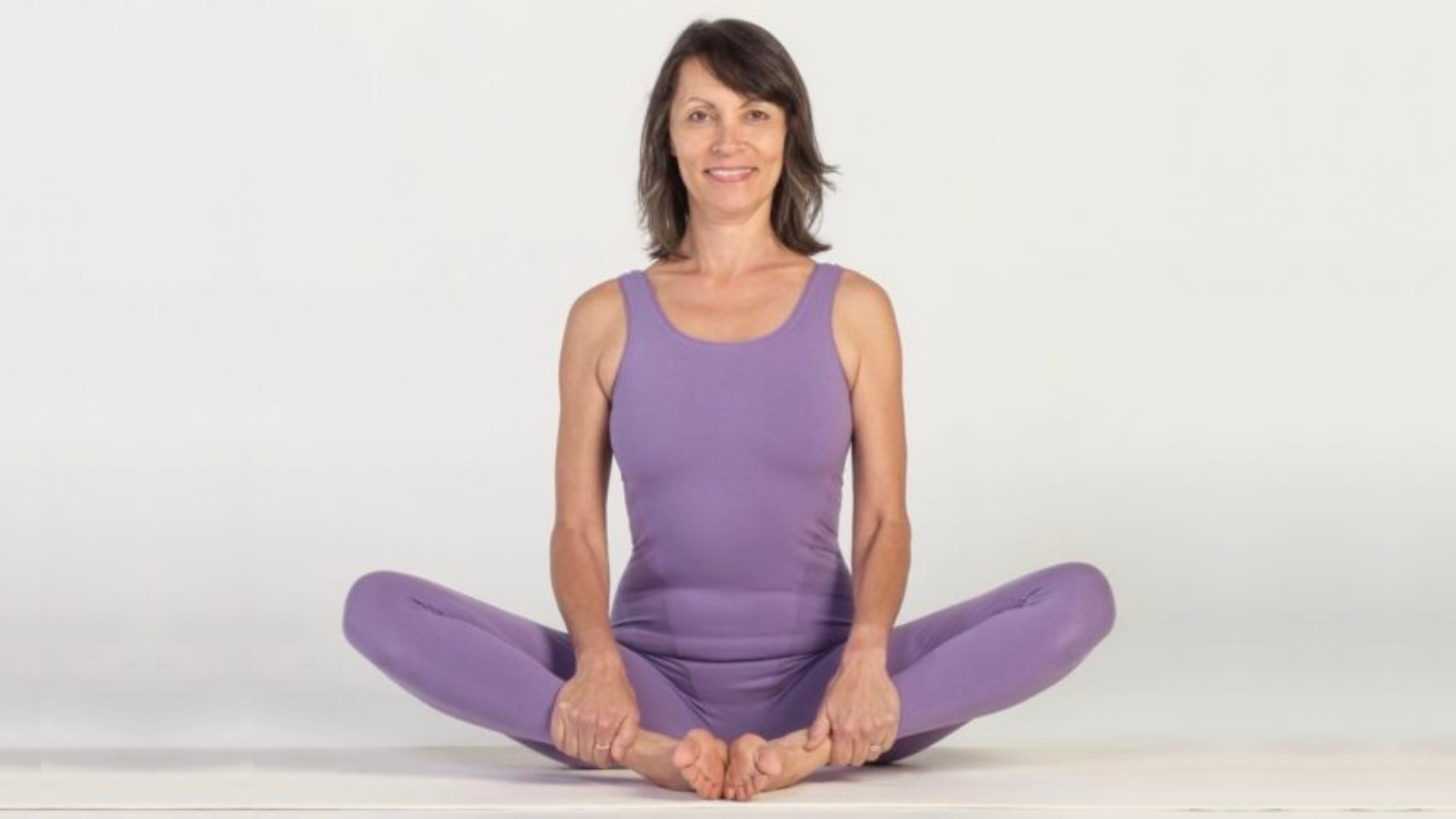
Yin postures are beneficial in helping facilitate more comfortable, relaxed meditation postures. In meditation, the back should be kept as straight as possible while still remaining relaxed. A fundamental factor that affects the spine’s position is the tilt of the sacrum and the pelvis. When you sit up straight, you bring the pelvis into vertical alignment or with a slight forward tilt. Yin yoga works to promote flexibility in areas that are usually seen as non-malleable, like the hips, pelvis, and lower back.
Yin poses are also beneficial for maintaining flexibility, which is one of the four essential physical skills for healthy aging.
Finally, because the energy runs along the meridians in the connective tissue, each Yin yoga pose stimulates particular meridians or energy points in the body, stimulating organs such as the heart, lungs, bladder, kidneys, stomach, and liver.
How to Balance Yang and Yin Yoga
Our yoga practice need not be binary. We can practice a mix of Yin and Yang yoga for healthy aging. Paul Grilley agrees: “Yin yoga by itself won’t develop the strength and stability a joint needs. Yang yoga by itself will not exercise the full range of motion. This is why different forms of yoga can and should be practiced as supplements to each other.”
For this reason, I integrate Yin yoga into my own practice and into my teaching. My go-to practice is a mix of yang poses for building strength and stamina coupled with yin poses for increasing flexibility, mobility, and facilitating calm. I have found this middle way to be the best path to restoring physical, mental, and spiritual balance for over two decades.
Also, read...
4 Easy Ways to Use a Sandbag in Yoga Practice
Exercise and Longevity: Diversify Your Yoga Practice for Maximum Benefits
Glute Amnesia: Yoga for Your Forgotten Rear
Related courses
Breath as Medicine: Yogic Breathing for Vital Aging
Yoga and Myofascial Release: Releasing Chronic Tension with the Bodymind Ballwork Method
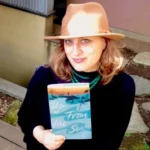
Leza Lowitz is a California girl who lives in Tokyo. Always willing to go to any length and travel any distance to discover who she was and how to be happy, she met her soulmate at a jazz club in Yokohama and moved to Japan to be with him. Ten years later, Leza and Shogo undertook the crazy project of opening a yoga studio in Tokyo. Three years after that, they adopted a beautiful boy and rescued two dogs, starting a family in their mid-forties.
For over two decades, Leza has been bringing together the worlds of yoga and creativity at her popular yoga studio, Sun and Moon Yoga, and in over twenty best-selling books. Originally from San Francisco, she studied meditation, yoga, and healing for over 35 years and taught for over 25. Lowitz credits her yoga and meditation practice with deepening her creativity, discipline, and compassion. She considers yoga and writing to be life-saving tonics that offer amazing self-discovery experiences, love, joy, creativity, and community.



